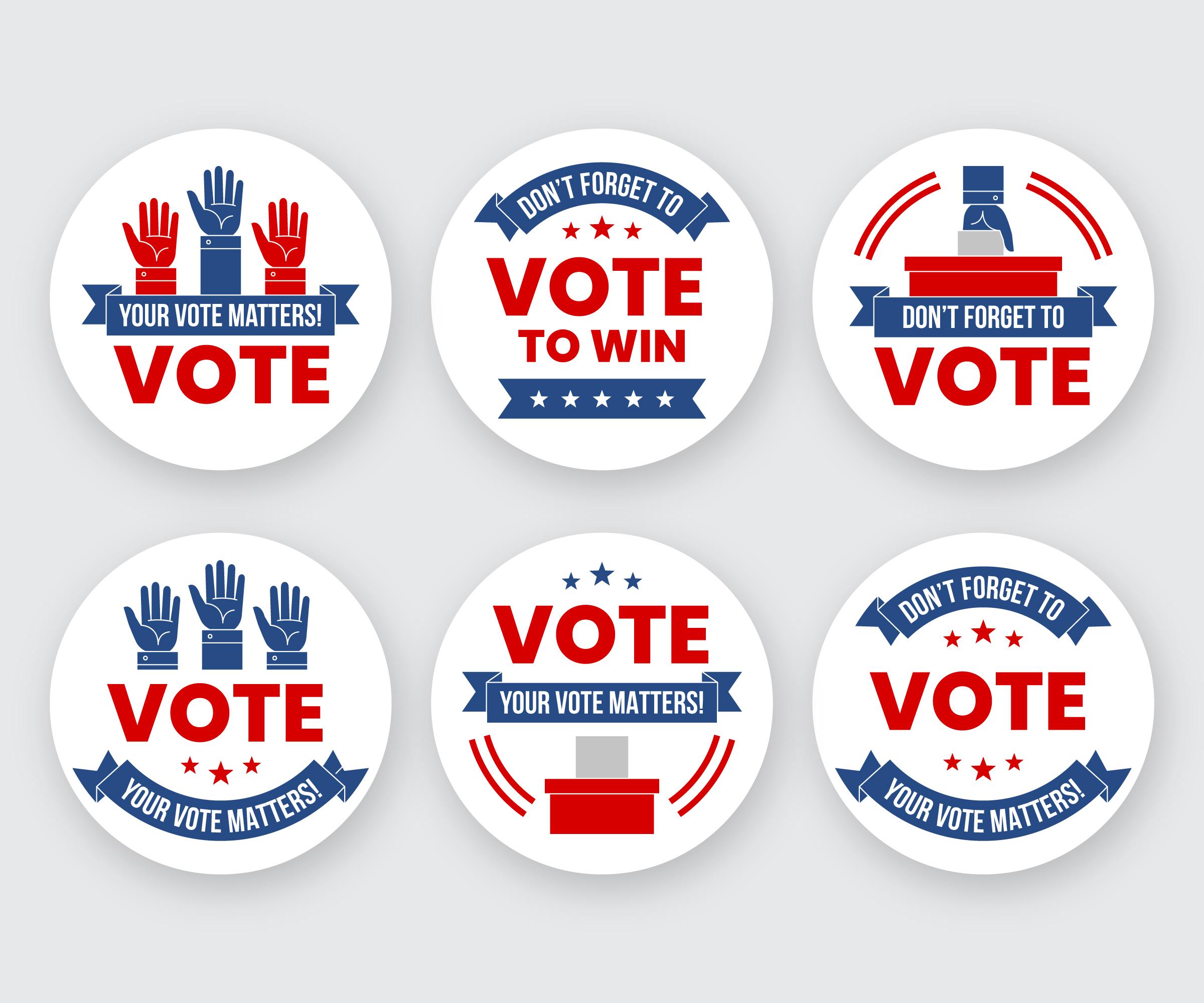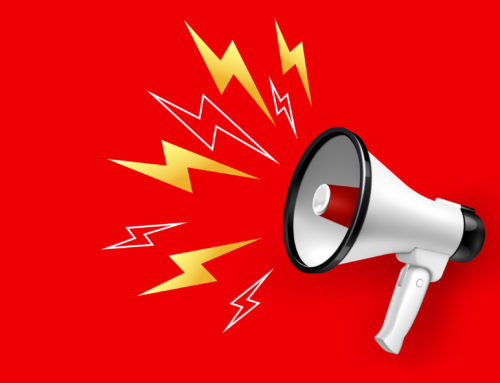
During the last presidential election, my twentysomething family member with developmental disabilities was excited to get to the voting booth.
“You want to choose the right people to lead,” she said. “You don’t want someone who’s rude to people with disabilities, that’s just not right.”
She wanted her voice to count, which is a fundamental civil right (well, more about that later) as well as a moral one, as conveyed in the disability rights movement’s “Nothing About Us Without Us” rallying cry.
That expression shows “people are claiming their lives, they deserve to be part of the conversation,” says Jonathan Goldwasser, senior supervisor and facilitator of the Hudson Valley self-advocacy group at YAI, an organization serving people with I/DD. “One key way that can be practiced is voting, which lets [people with disabilities] participate as citizens in the decisions made by their local communities and at the state and federal levels. It’s a small piece in that it happens [infrequently] but it’s a major way for them to raise their voice.”
There are over 34 million eligible voters with disabilities nationwide, according to Disability Rights New York, making the disability community “a substantial voting bloc with the capacity to impact elections and policy.” It’s critical that the community participate in the electoral process, especially as politicians tend to focus on an issue only if it can turn into a vote.
“Politicians’ No. 1 concern is if they’re going to win the election,” says Scott Karolidis, YAI’s director of government relations. “We had an assemblymember come in to discuss various issues and she kept asking, a little rudely, ‘Do these people vote?’ She was very concerned for herself. It helps if they understand that if they do the right thing, whether increasing funding for staff wages or passing laws that support civil rights, people with disabilities, their friends and families are more likely to vote for them.”
Often, it’s up to family caregivers and service providers to help ensure that these votes happen. Here’s how.
THE UPCOMING NOV. 7 ELECTION
This general election (meaning the candidates are the ones who will get into office) is a chance for a person with a developmental disability to take a “practice” run before the 2024 presidential election even if they’ve voted before. The ballot will include a New York Supreme Court Justice and, in the lower Hudson Valley, a Westchester County Court Judge and Yonkers City Mayor. (See “Who’s on the Ballot” below for your local and NYS races.)
REGISTRATION DEADLINES
- By Mail: Saturday, October 28, 2023 (postmarked)
- In Person: Saturday, October 28, 2023
- Online: Saturday, October 28, 2023
EARLY VOTING
People can vote from Oct. 28 to Nov. 5 at various polling sites in New York State. To locate your early voting poll site, go to https://voterlookup.elections.
WHO CAN VOTE
The right to vote extends to every U.S. citizen — until it doesn’t. While the Constitution protects the fundamental right to vote, it also gives states the authority to set voting qualifications for both federal and state elections.
Parents who pursue guardianship of their adult child with a developmental disability may worry that guardianship will endanger their child’s right to vote.
While New York Election Law § 5-106(6) states that no person who has been adjudged incompetent may vote in New York State, New York’s Article 17A guardianship law, which provides for guardianship of a person with a developmental or intellectual disability, “is silent as to declaring a person incompetent,” says Sandi Rosenbaum, a Special Education / Special Needs Advocate at Littman Krooks, LLP.
“Rather, it addresses whether such a person needs a guardian to make personal, financial, and medical decisions for them to protect their interests. Thus, a finding that a person requires a guardian does not inherently constitute a finding of incompetence, and being subject to Article 17A guardianship does not, on its own, deny a person’s eligibility to vote.”
The important takeaway: Only a judge can make the decision that someone is not competent to vote. Election officials and poll workers cannot stop someone from voting because of a disability.
REGISTRATION & MORE
If questions such as how to register and where to vote feel overwhelming, breathe easy. Several organizations have created easy-to-use guides to help you through the process.
Keep in mind that early in-person voting and mail-in voting (via an absentee ballot) can help make the process less stressful for some.
Creating a Plan to Vote
The Self-Advocacy Association of New York State (SANYS), an organization founded, and led, by people with developmental disabilities for people with developmental disabilities, has a brightly designed, easy-to-read online packet that details what to do before stepping into the booth. It includes registration information and links, a description of voting options, with links, and a checklist (geared toward service providers in group homes, but helpful for all) that ensures an individual knows not only what method they want to vote, but how they’re getting to the polling station.
The NYS Office for People with Developmental Disabilities (OPWDD) offers assistance with voter registration. Anyone who would like information or assistance in registering may contact OPWDD’s National Voter Registration Act (NVRA) statewide coordinator at michael.orzel@opwdd.ny.gov or call (518) 474-2757.
OPWDD also has a helpful Frequently Asked Questions page full of information.
Who’s on the Ballot?
I’ve checked out a few sites and found Vote411.or the easiest to navigate. You’ll learn who’s on the ballot, where they stand on the issues and more.
Voting Machines
It might be useful to know what kind of voting machine will be at the polling place. The NYS Board of Elections provides some of that information here.
Assistive Ballot Marking Devices
Voters with disabilities have the federal right to vote privately and independently by marking a paper ballot or using a Ballot Marking Device (BMD). They’re equipped with features to allow the voter to adjust for size and contrast the ballot image, and allow the use of a “Sip-N-Puff” or paddle device by voters with limited hand dexterity.
Every polling site is required to have a BMD in working order. Poll staff are trained and must be prepared to assist all voters requesting to use the BMD, regardless of their disability.
Note: This is the latest stat I could find, but as of 2016, just 17% of polling locations nationwide were fully accessible, according to the National Disability Rights Network. Reach out to your County Board of Election if you have questions.
Disability Voter Rights
Can a person with I/DD have someone with them to help them vote? A resounding “yes.”
I mentioned this briefly above: Check out 13 Things Voters with Disabilities Need to Know. It clearly explains one’s rights and has helpful information such as where to call with accessibility complaints
The U.S. Election Assistance Commission has a handy Your Federal Voting Rights wallet-size card that can be printed out and taken to the voting site. It’s a great resource to have on hand should there be a problem and a way to ensure that poll workers know the law, too.
Vote!



